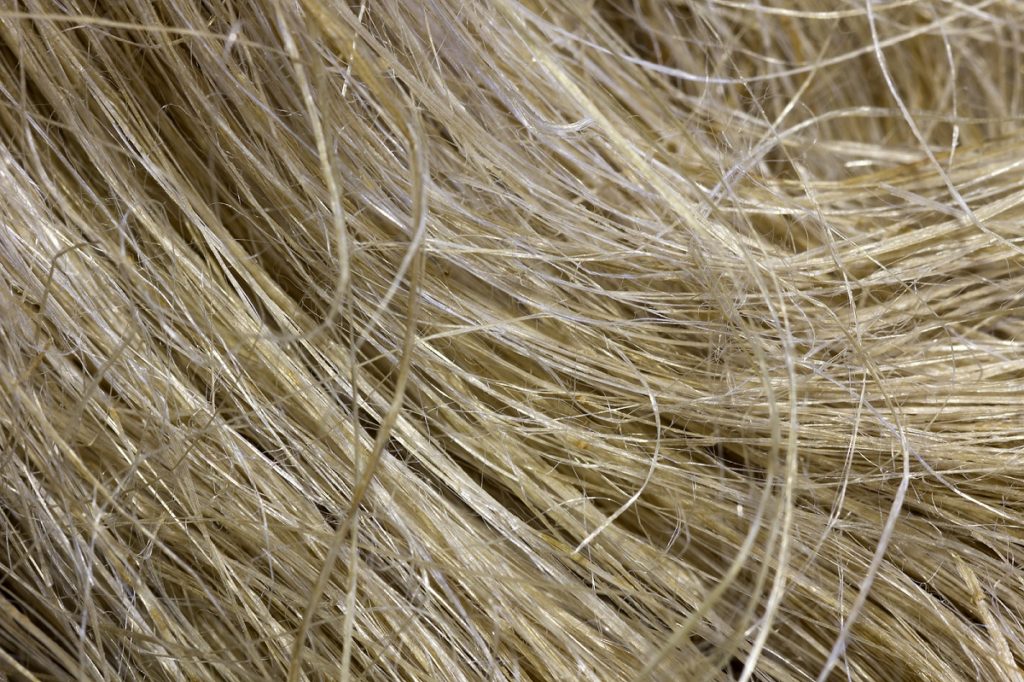
RESEARCHERS at Scotland’s Rural College (SRUC) have found that waste materials from wood and hemp biomass can be processed into sustainable foams for packaging.
The team, in collaboration with Latvia’s Riga Technical University (RTU), used an ‘economic’ process of microfluidic processing and freeze-drying to create nanocellulose (NC) foams from hemp fibres.
The college said that currently more than 95% of foams, including polyurethane and polystyrene, are made from petrochemicals – which it said release up to five times their mass in atmospheric CO2 during manufacturing.
It added that, unlike foams sourced from petrochemicals, foams derived from the likes of hemp can ‘significantly’ capture and sequester atmospheric CO2. In addition, it said that the bio-renewable and biodegradable foams promise both high performance and sustainability.
Vijay Kumar Thakur, professor in new products from biomass at SRUC, said, “Our society is comprehensively dependent on the use of plastics that are derived from petroleum feedstocks. Because of growing environmental concerns contiguous to plastic waste pollution and recycling problems, it is becoming ever imperative to look for nature-based resources wherever possible.
“Indeed, pollution and climate change have become some of the most prominent and impactful threats that we will have to face in our lifetime. What we manufacture, buy and consume will affect many generations after us.
“With the current challenges we are facing in terms of material resources and pollution, there is an urgent need for more realistic ecological bio-based alternatives.”












